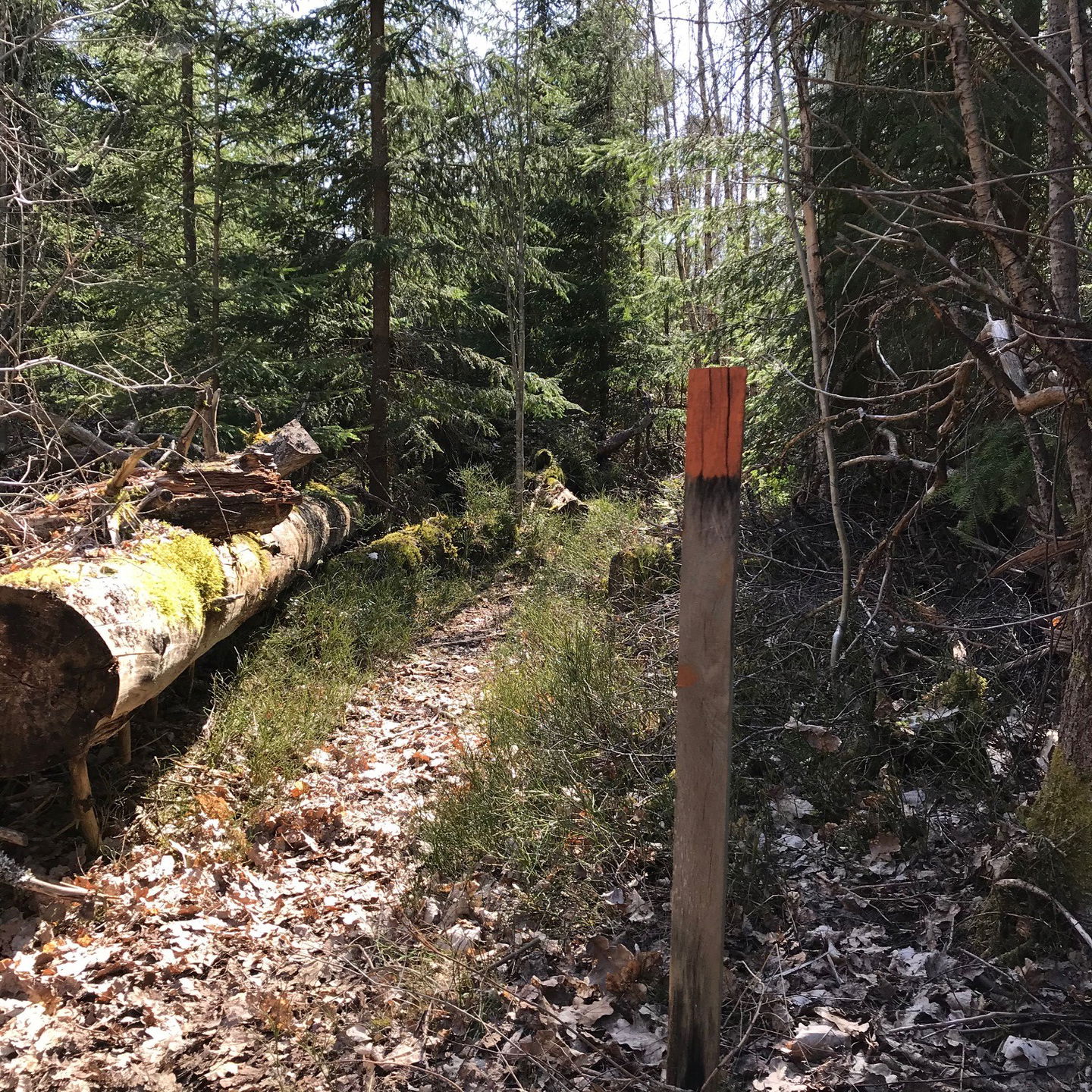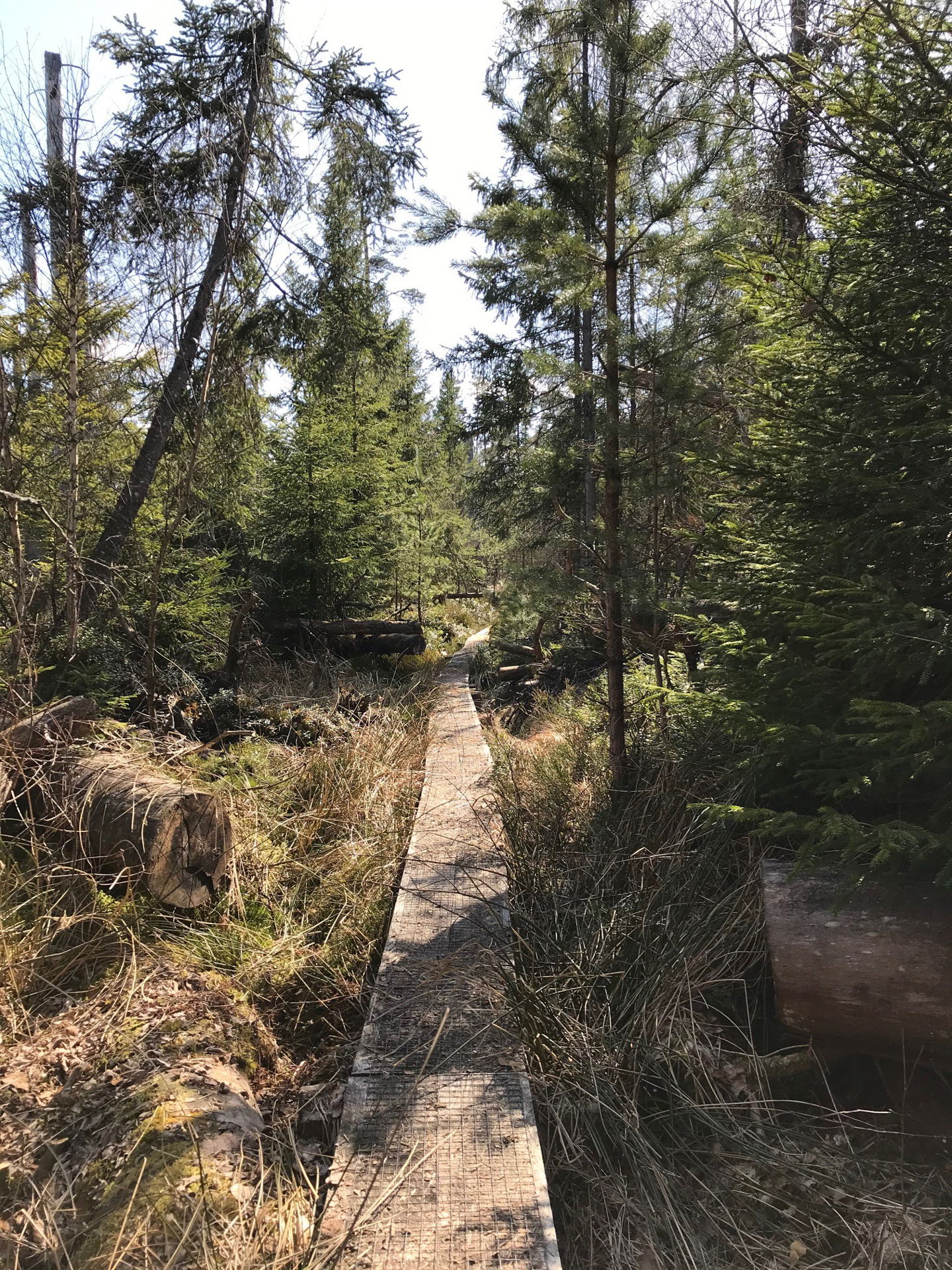Hästhultsskogen, Nature reserve
Nature reserve
- County: Kronobergs län
- 6747.8 km away from you
Actions
Description
Hästhultsskogen is one of the county’s few so-called natural coniferous forests. This means that modern forestry has not been conducted; instead, the forest has been largely left untouched for a long time. Normally, forests are harvested after 80–90 years, but the trees in the reserve are 150 years and older – some pines are even more than 300 years old. A marked trail runs through the reserve, and there is much to experience.
Hästhultsskogen is rich in dead and fallen trees, which provide conditions for birds, insects, fungi, plants, and bacteria that need a natural forest environment with old dead wood to thrive. The dead trees, for example, provide nesting sites for owls and woodpeckers. In the clearings after fallen trees, new spruce plants soon grow.
Småland’s provincial flower Linnaea, starflower, squirrel berry, and the orchid coralroot are common in the reserve.
In the reserve, one often sees and hears forest birds such as coal tit, crested tit, and marsh tit, but in Hästhultsskogen you also have the chance to see the goldcrest, our smallest bird.
This translation is AI-generated
Activities And Facilities
-
Nature reserve
Facts
Protection year: 1974.
Area: 25.5 hectares.
Character: Primeval-like coniferous forest.
Municipality: Ljungby.
Directions
Drive the road between Lidhult and Byholma/Torpa/road 23. About 7 kilometers east of Lidhult, turn north. There is signage to the reserve. It is about 1 kilometer to the reserve from the public road.
Contact
Email address
Questions & Answers
Ask a question to other Naturkartan users.





